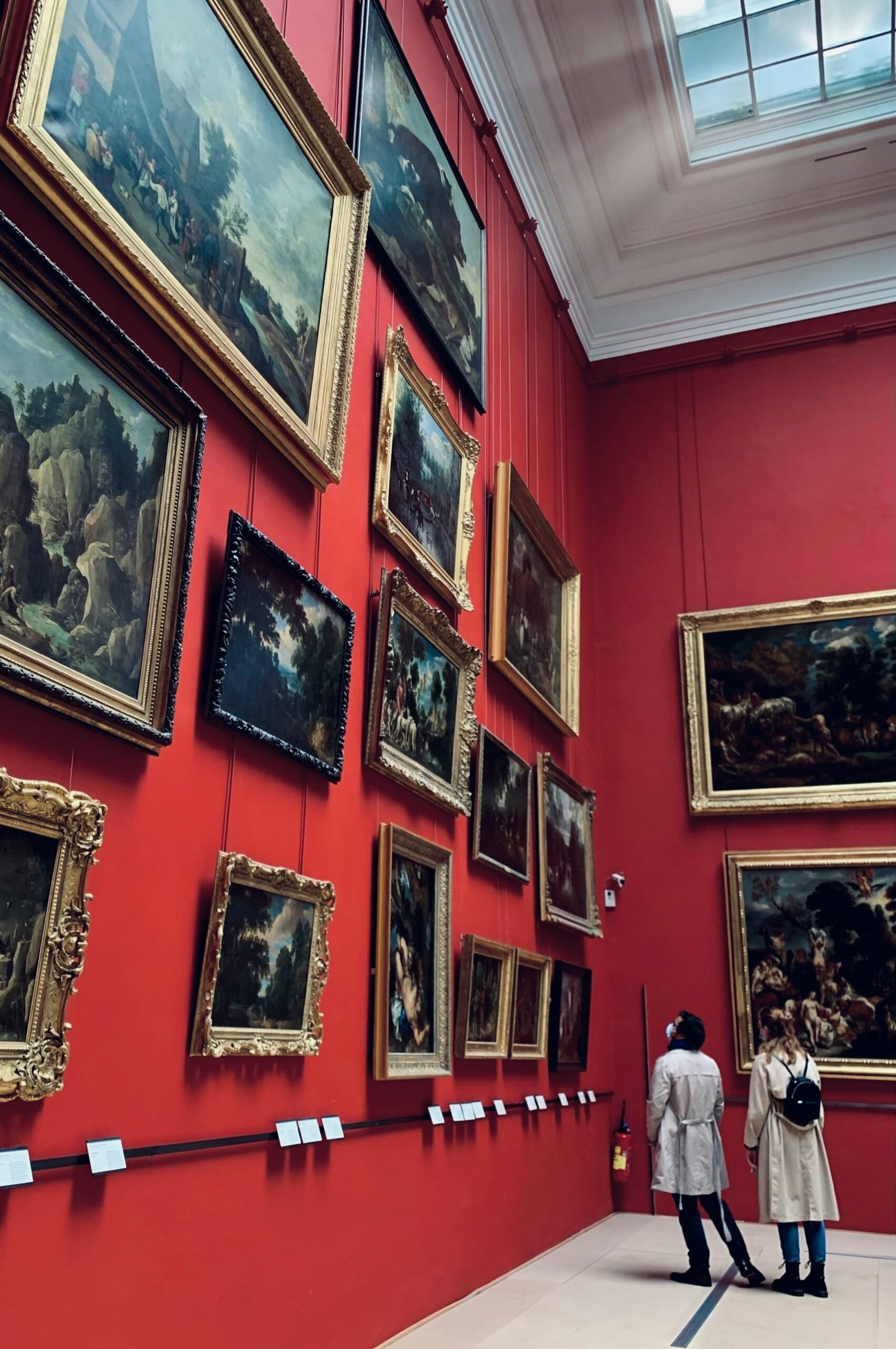
Preserving Cultural Heritage
Historic districts and heritage trails play a vital role in preserving a city’s cultural heritage. By designating certain areas as historic districts, local governments and organizations ensure that the unique architectural styles and historical significance of buildings are protected from demolition or unsympathetic development. This preservation effort helps maintain the character and charm of a city, allowing residents and visitors to experience the ambiance of a bygone era.
Moreover, heritage trails provide a tangible connection to the past by guiding individuals through a curated route that showcases significant landmarks and sites. These trails often include interpretive signage, plaques, or audio guides that provide historical context and stories about each location. By following these trails, visitors can immerse themselves in the history of a city, gaining a deeper understanding of its evolution and the people who have shaped it.
Education and Interpretation
Historic districts and heritage trails are not only about preserving buildings and structures; they also serve as educational resources. They offer an opportunity for individuals of all ages to learn about their city’s history in a hands-on and engaging way. Schools can organize field trips to these areas, allowing students to explore and discover the history right in their own backyard.
Additionally, heritage trails often incorporate interactive elements such as museums, visitor centers, or guided tours. These resources provide in-depth information about the history, architecture, and cultural significance of the landmarks along the trail. Visitors can learn about the people who lived and worked in these areas, the events that took place, and the impact they had on the development of the city.
Tourism and Economic Impact
Historic districts and heritage trails are not only valuable for their cultural and educational significance; they also have a positive economic impact on cities. These areas attract tourists who are interested in exploring the history and unique character of a city. Visitors spend money on accommodations, dining, shopping, and other local businesses, boosting the local economy.
Moreover, heritage tourism can help revitalize neighborhoods and stimulate economic development. Restoring and repurposing historic buildings can create opportunities for new businesses, such as boutique hotels, art galleries, or specialty shops. This revitalization not only preserves the city’s history but also contributes to job creation and increased property values.


